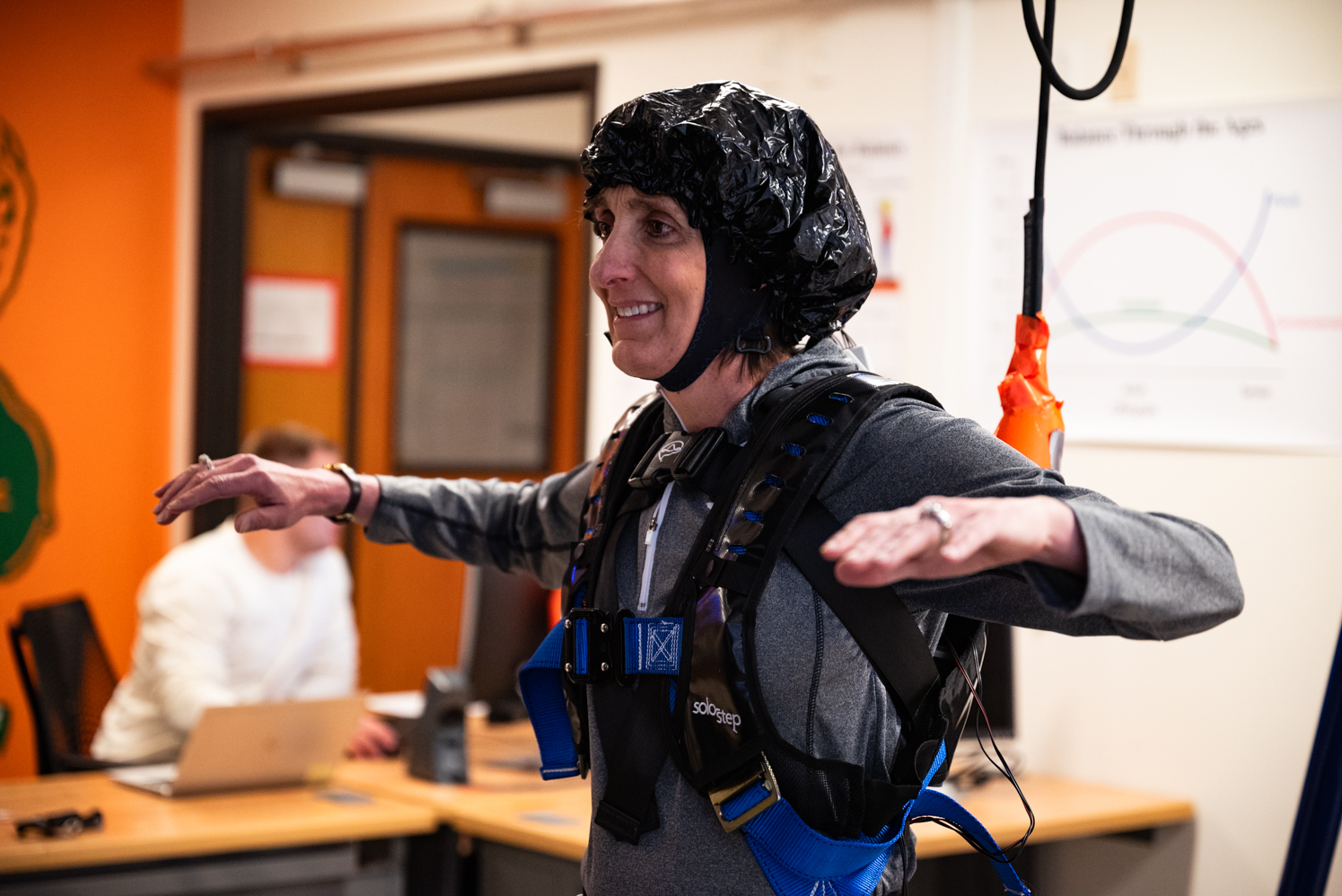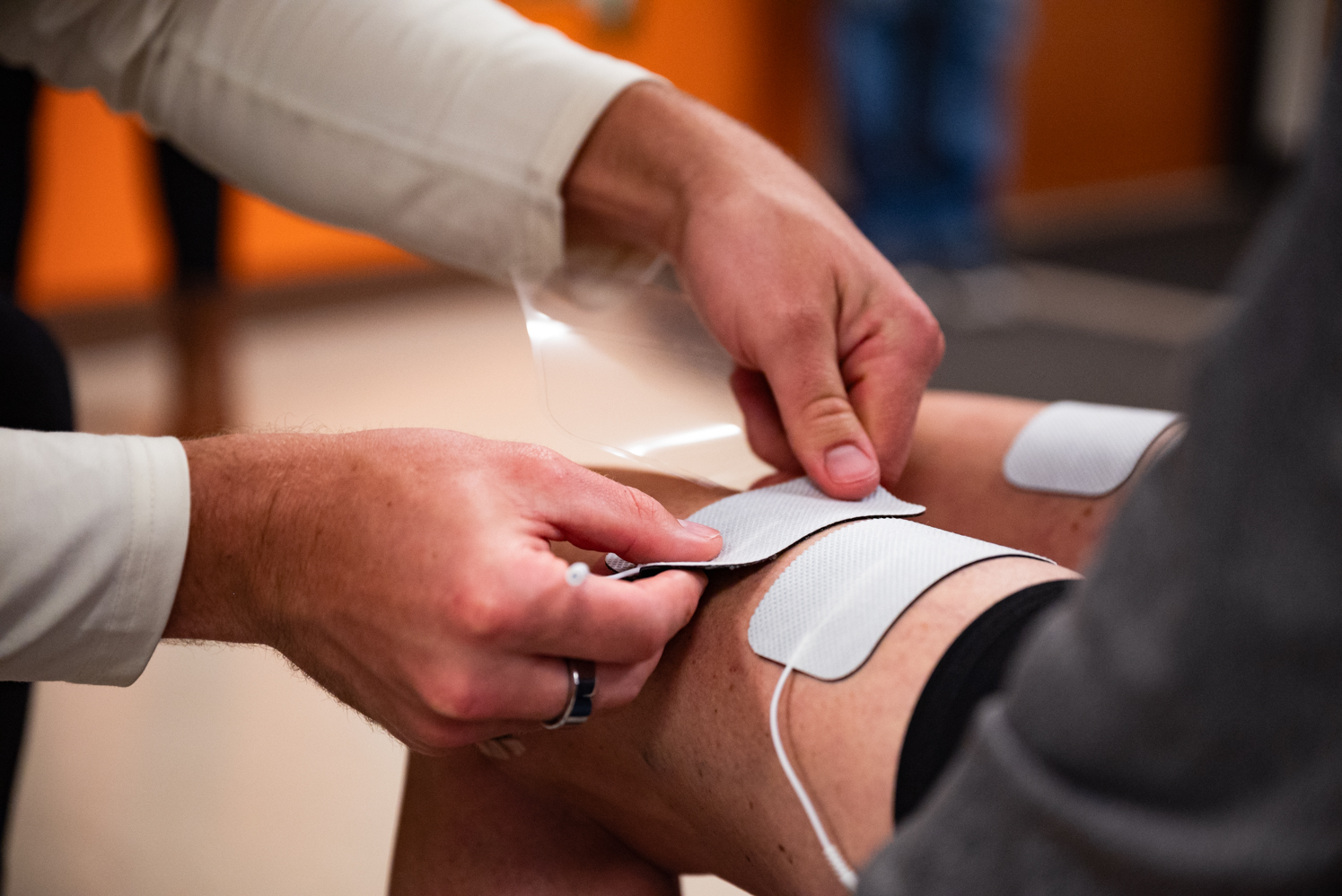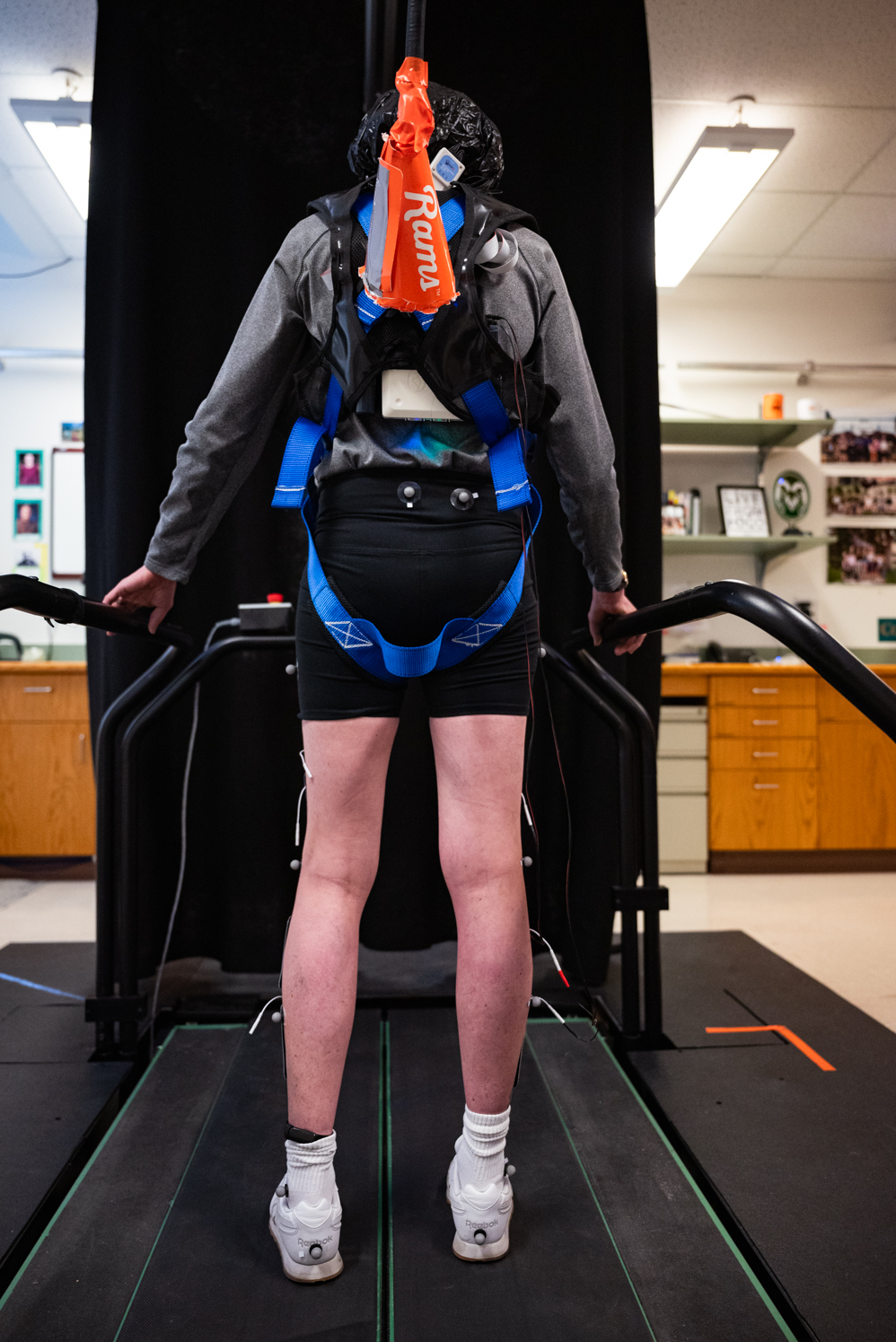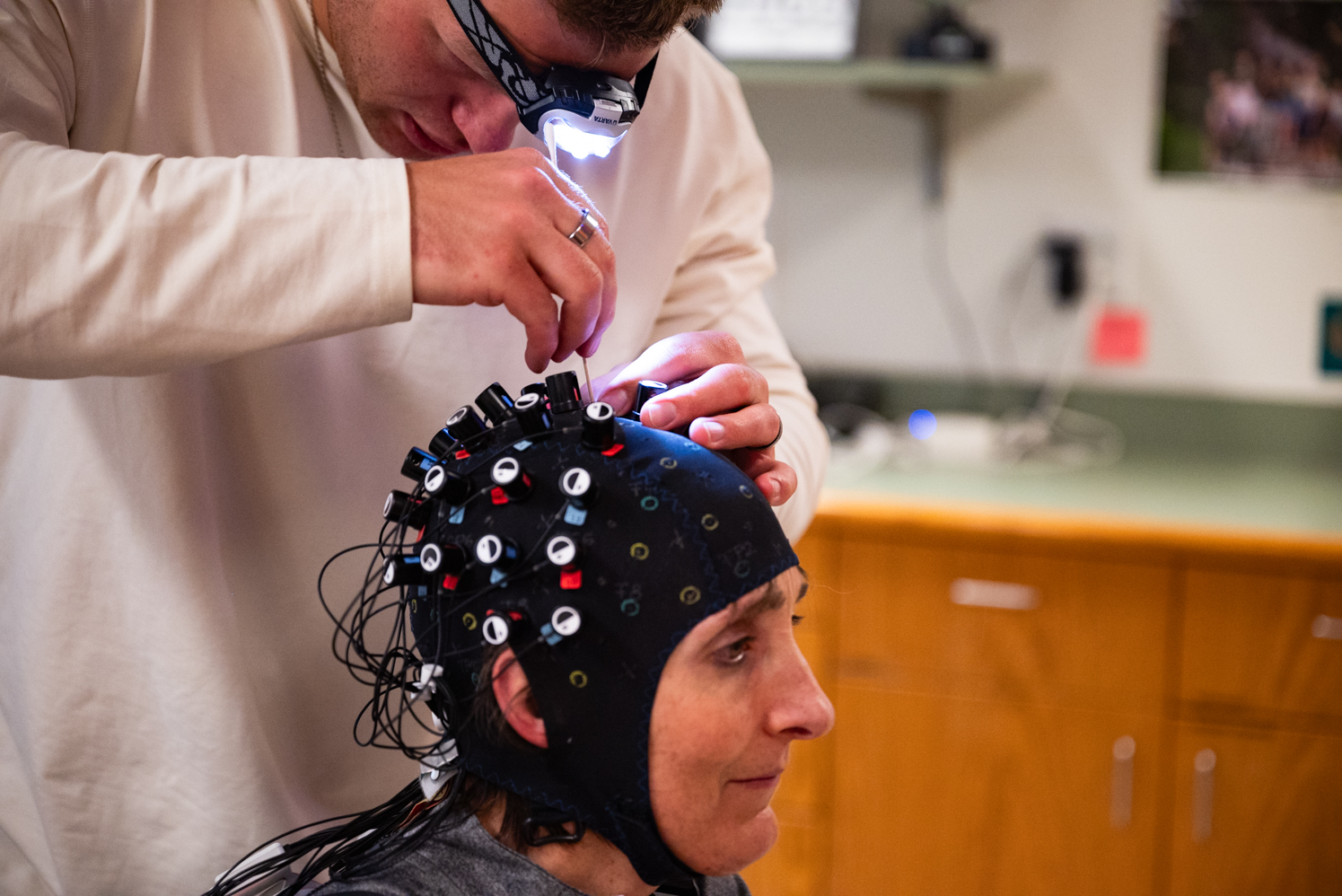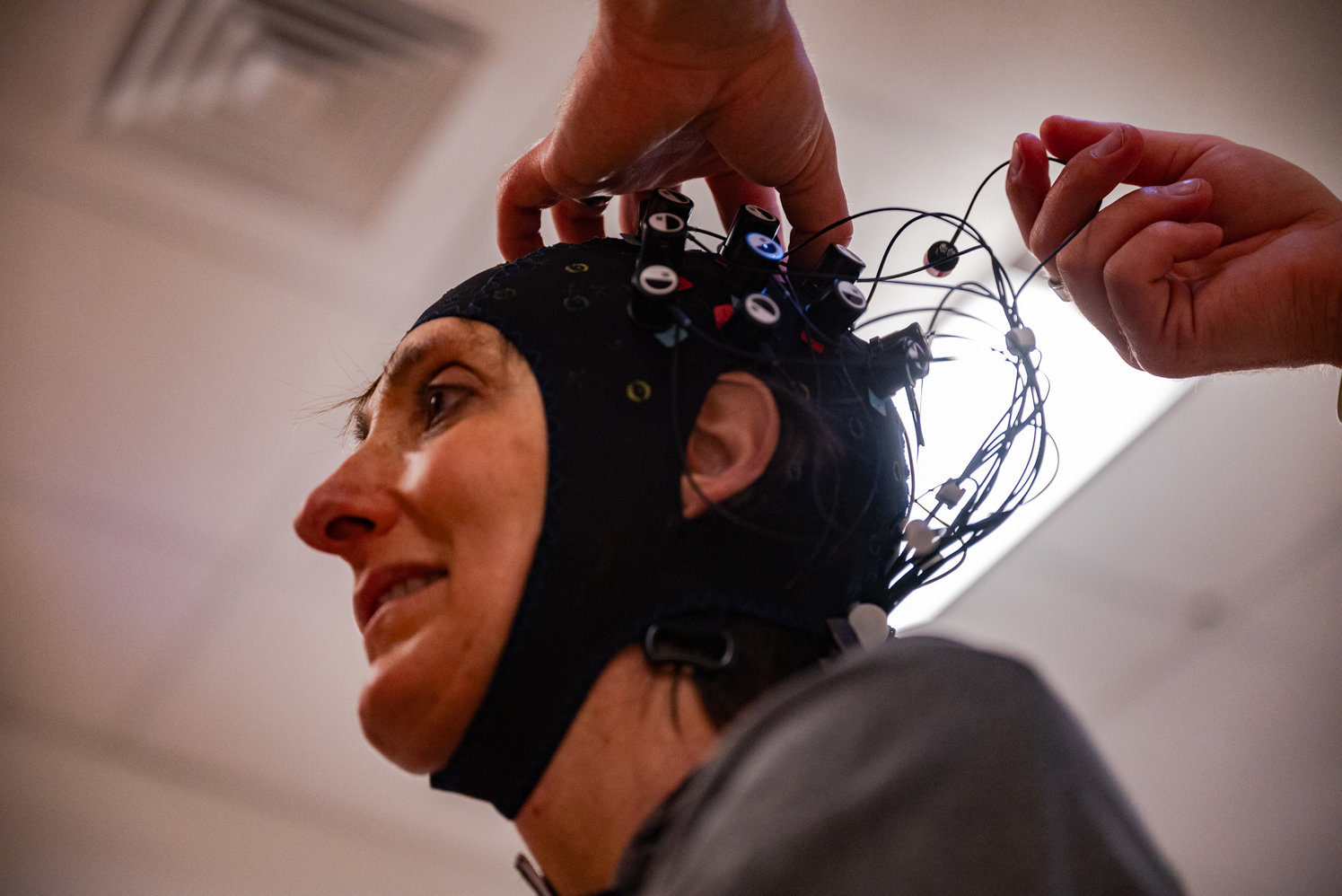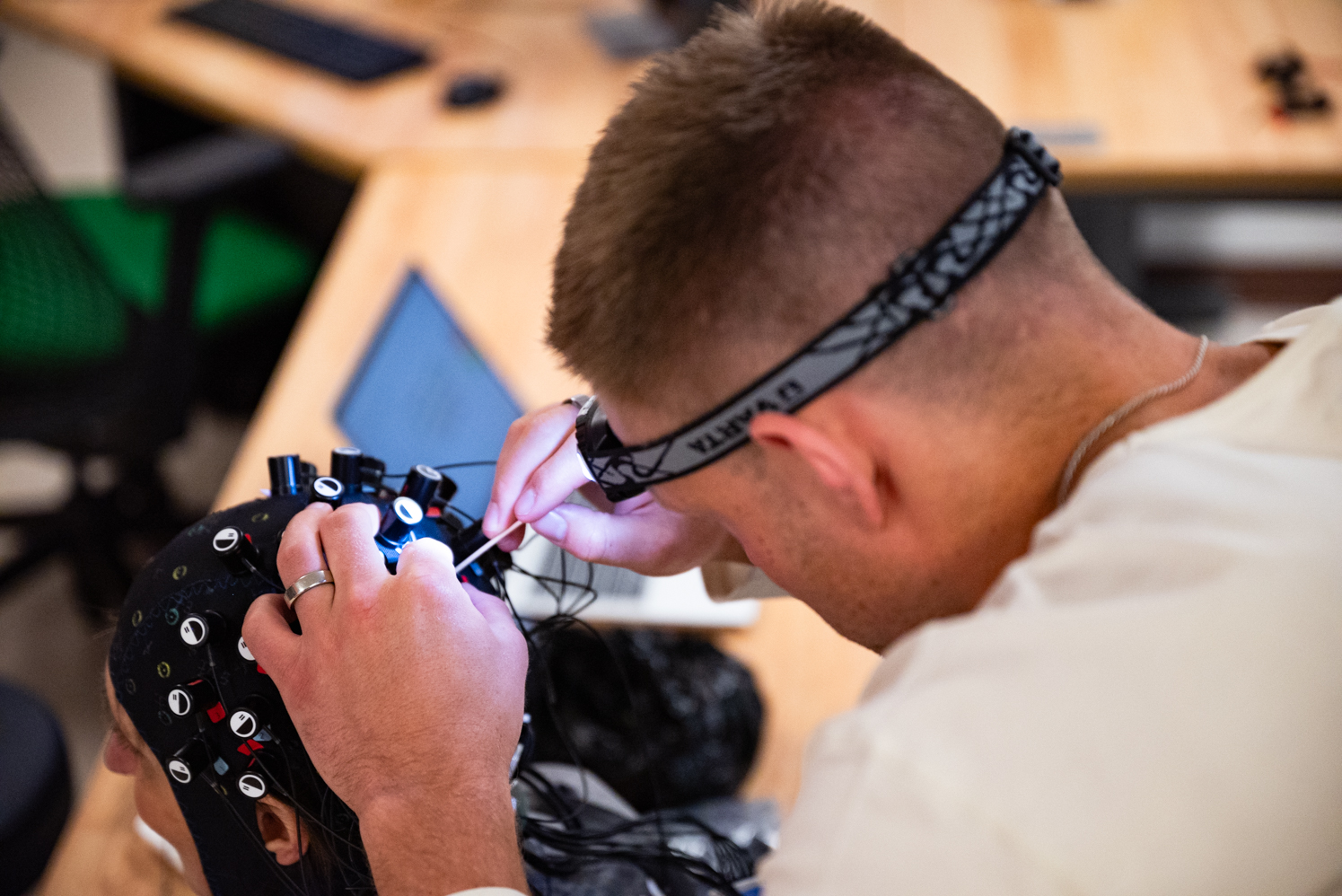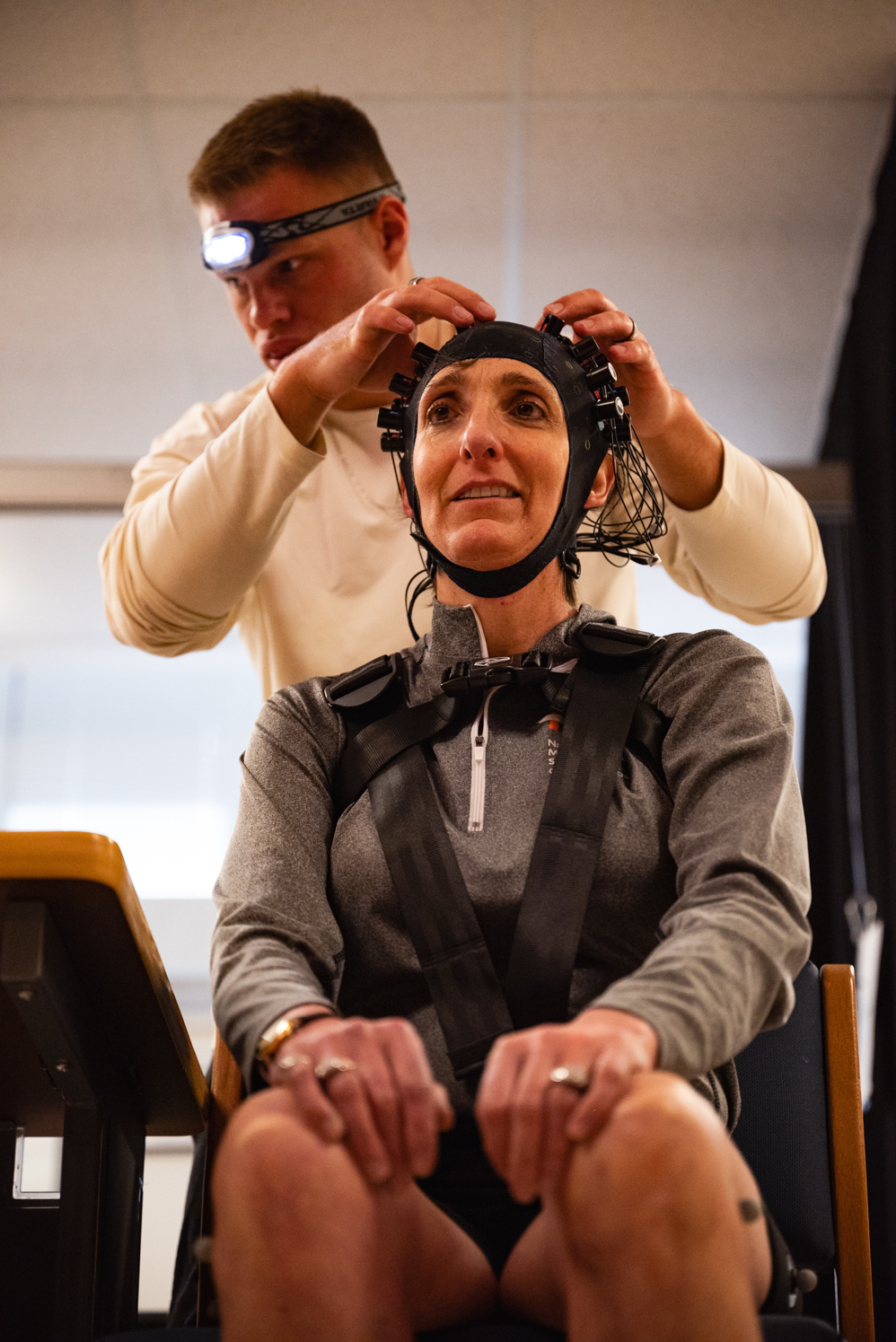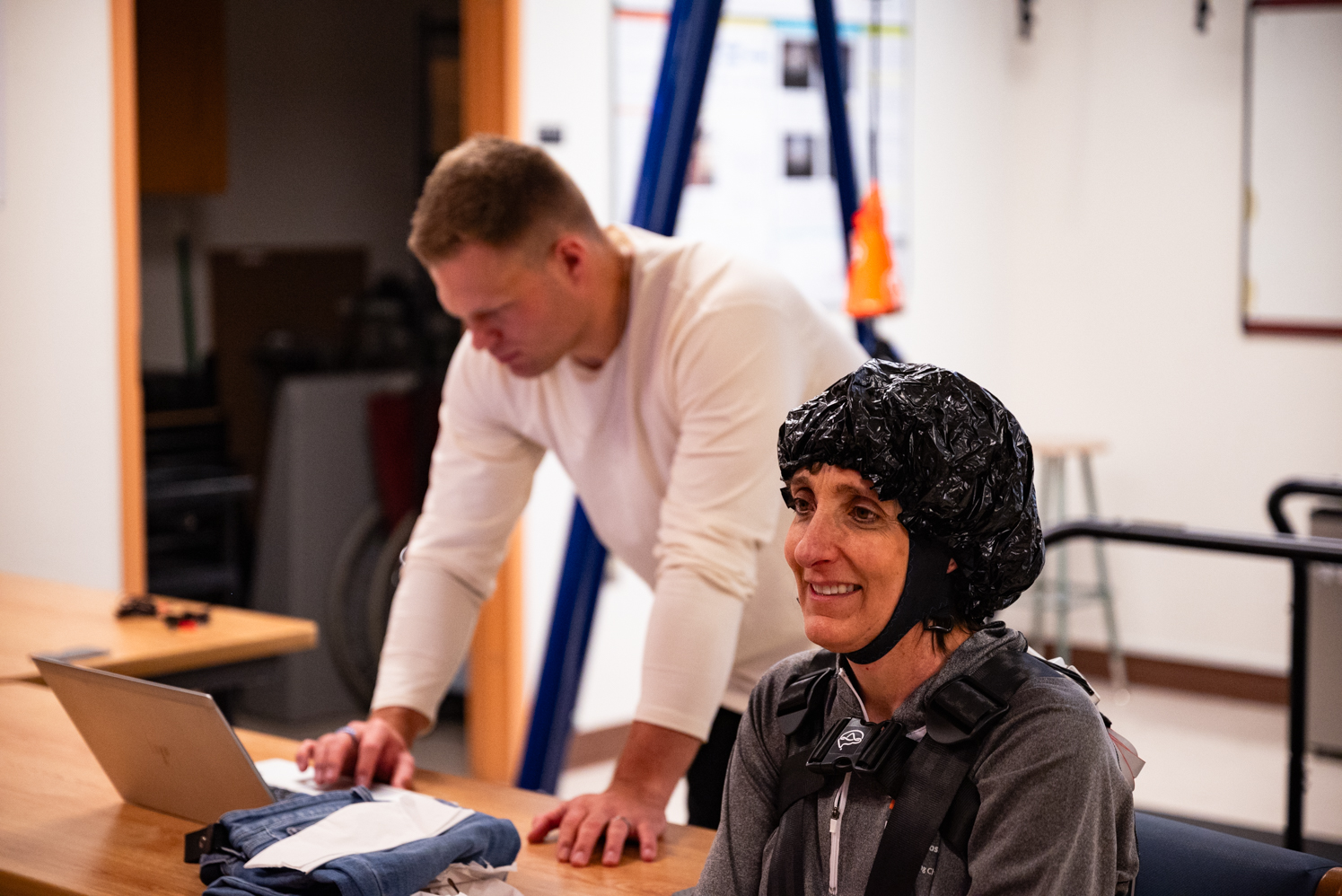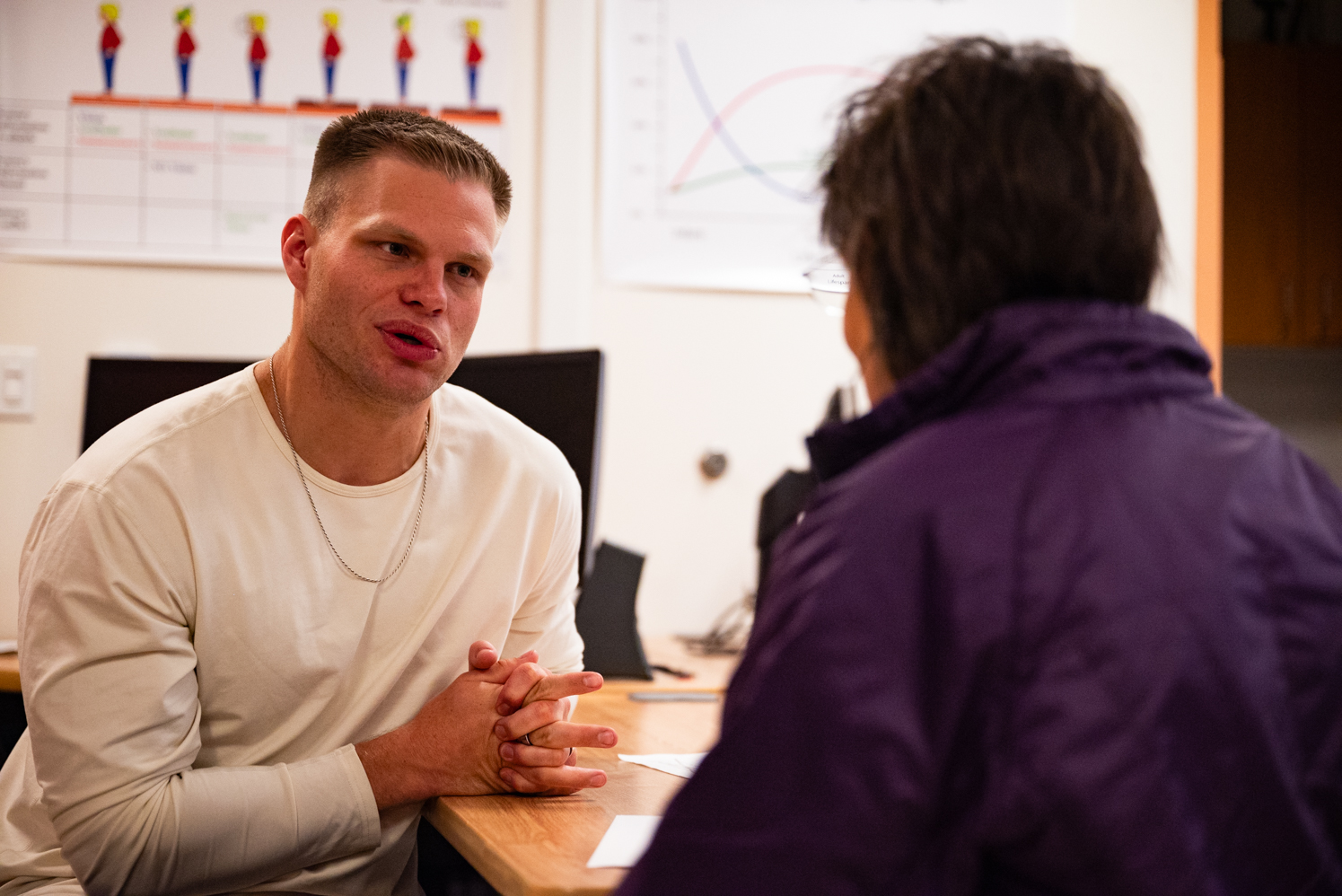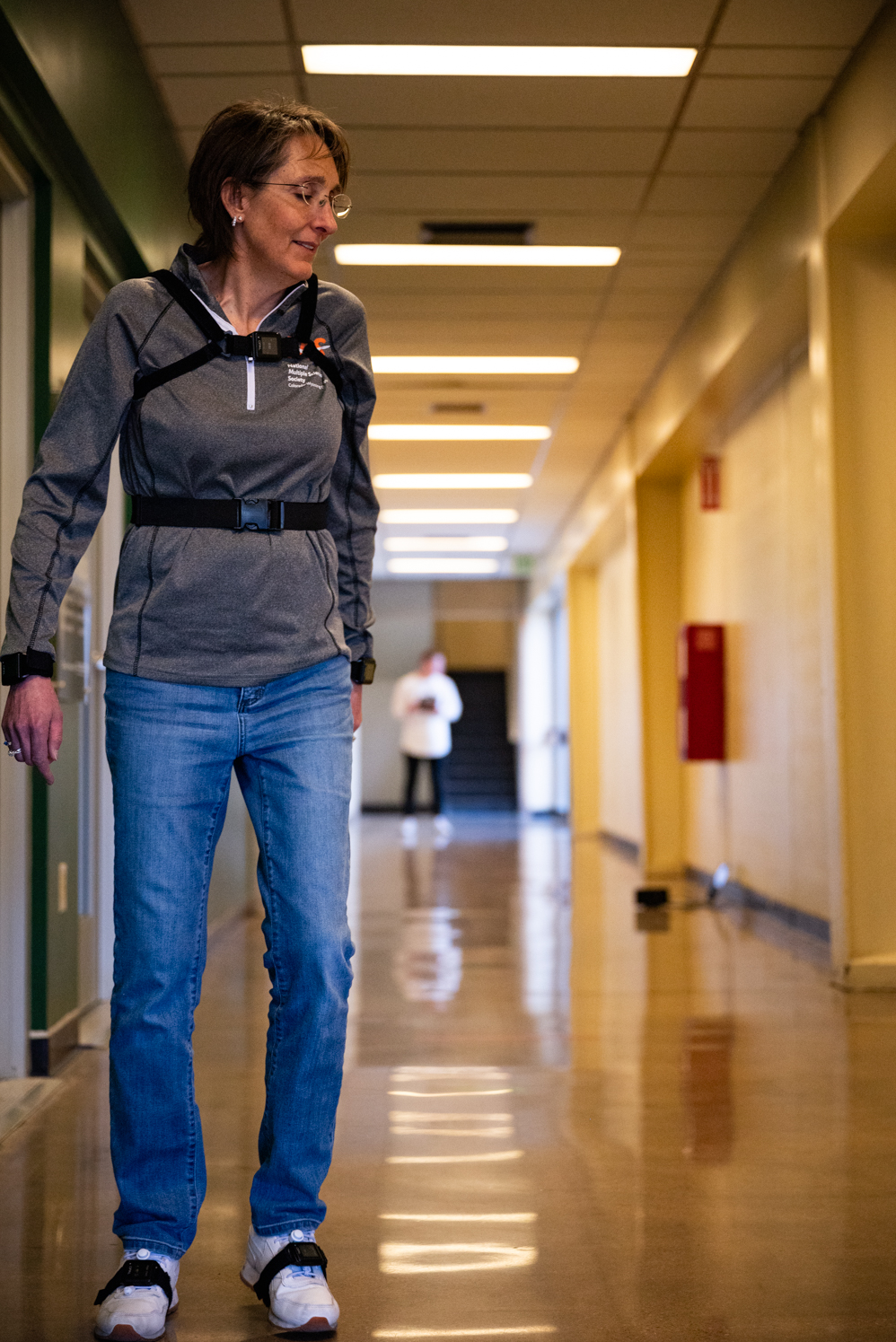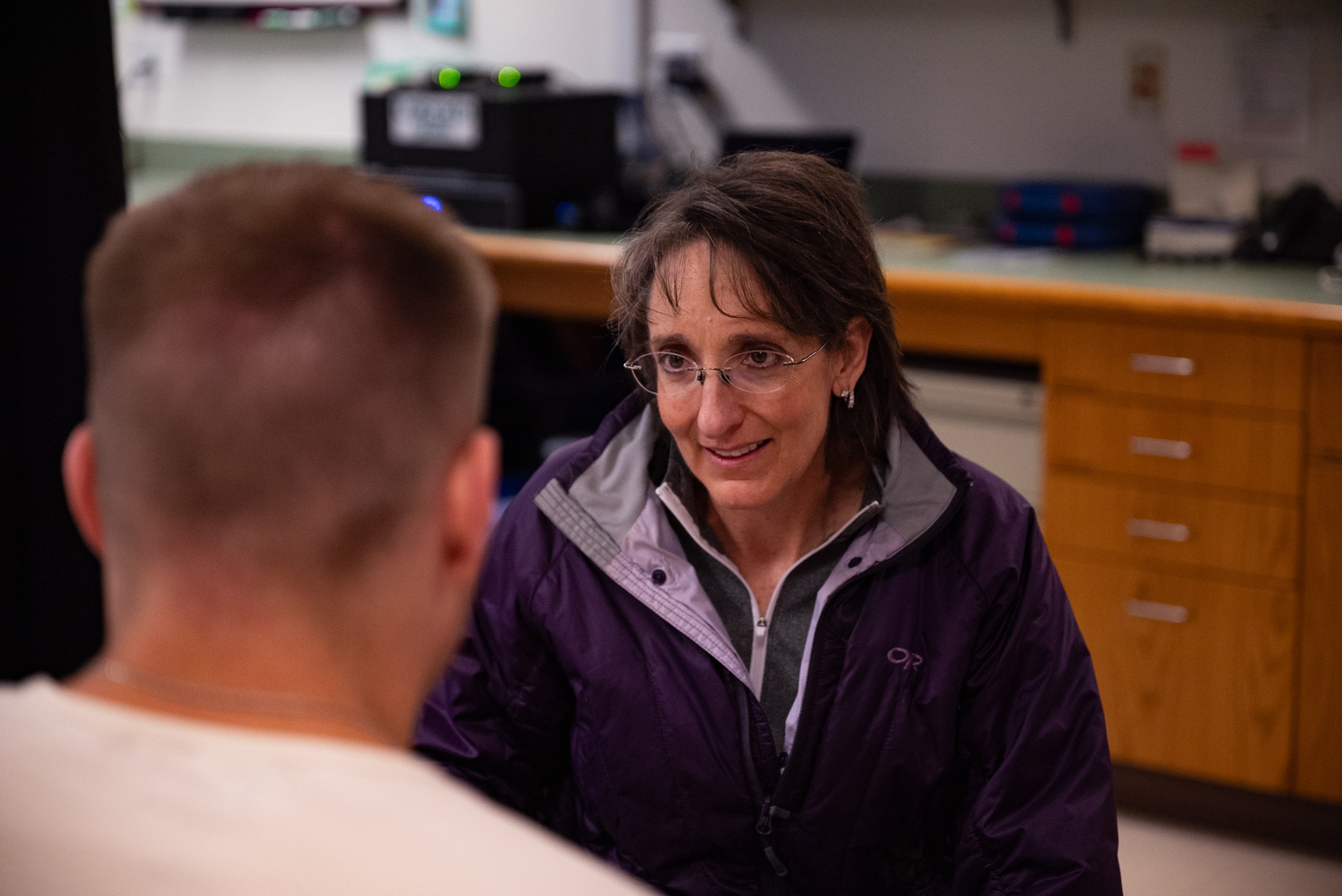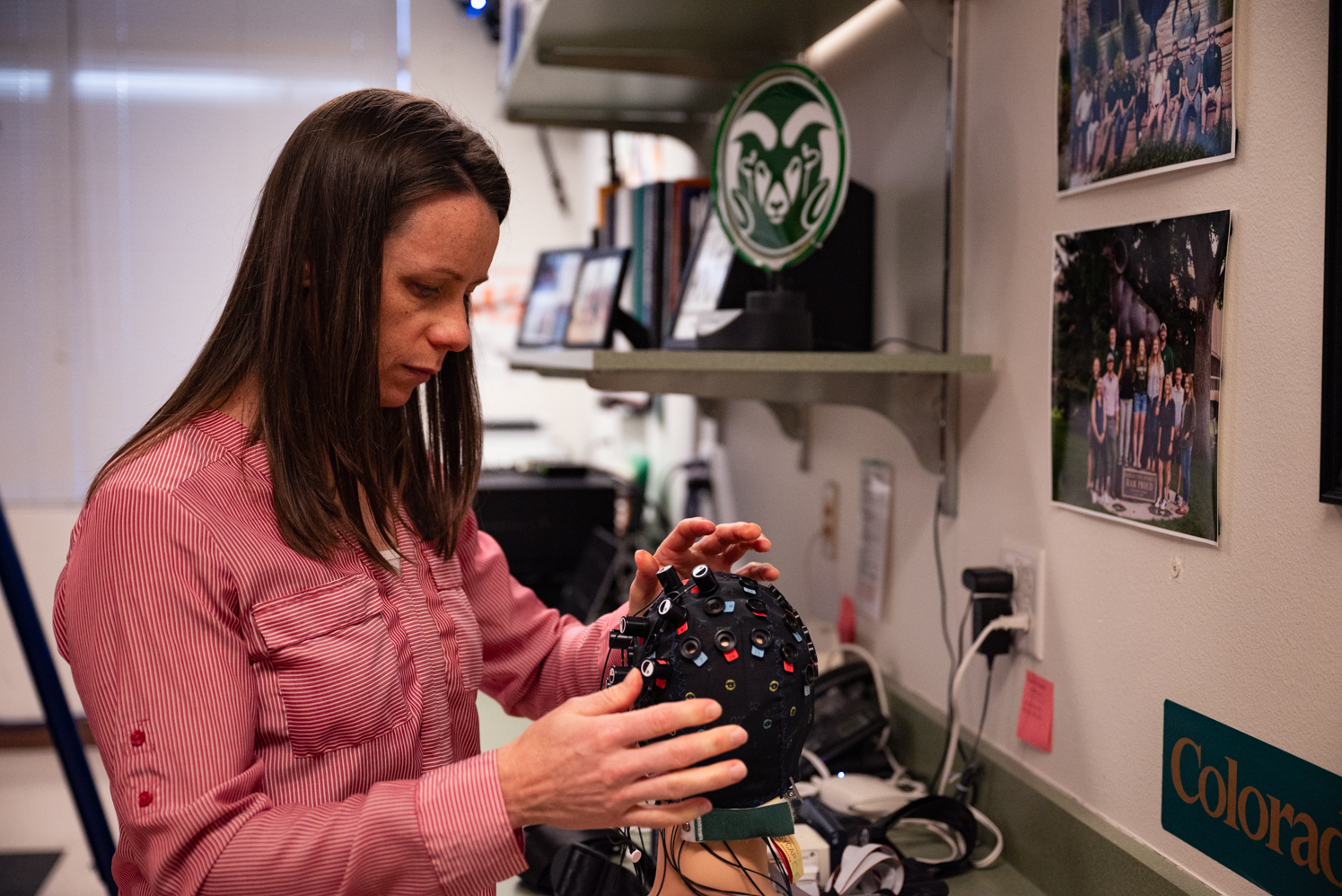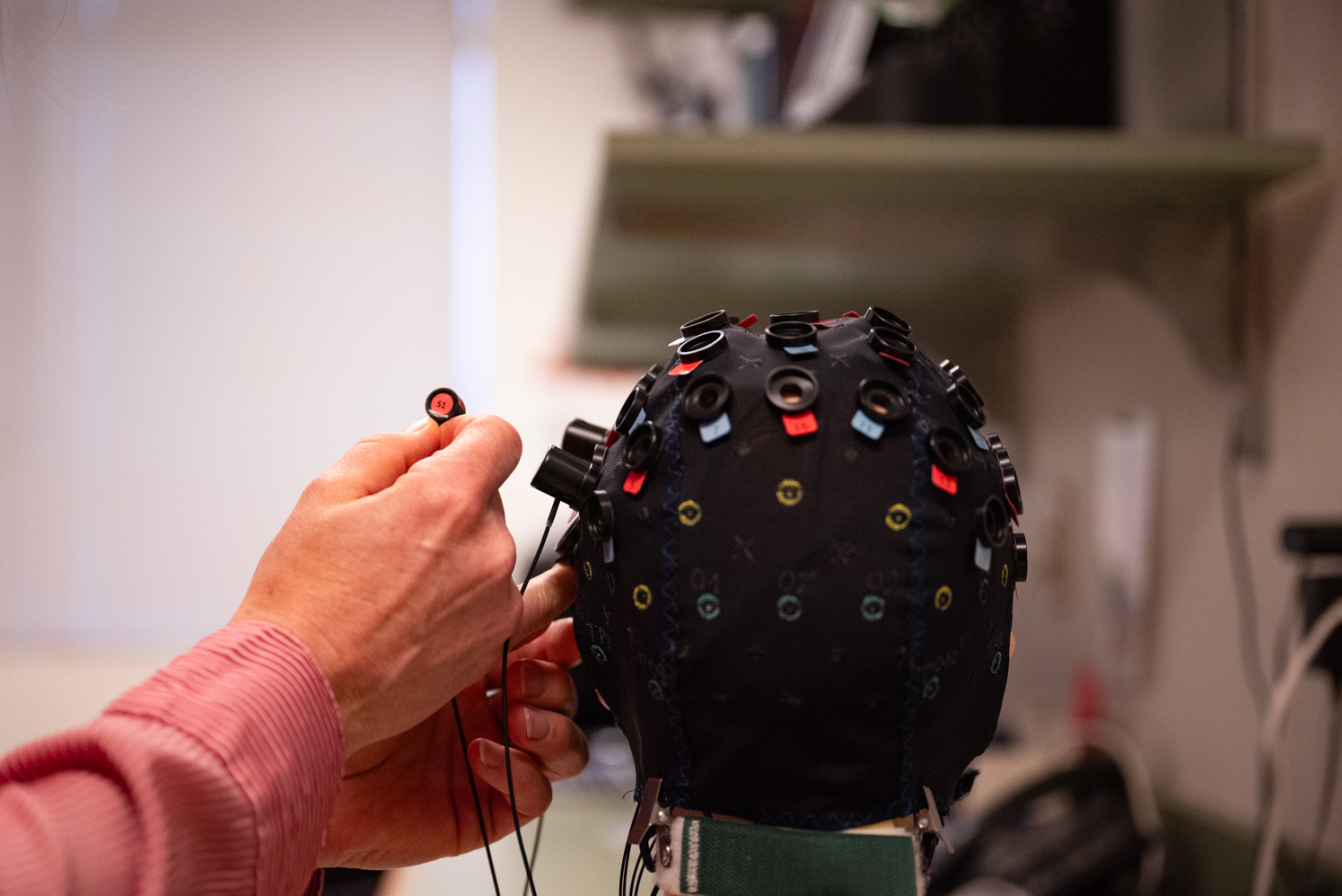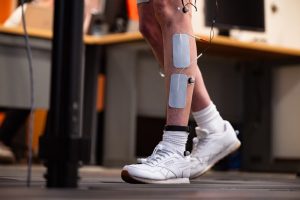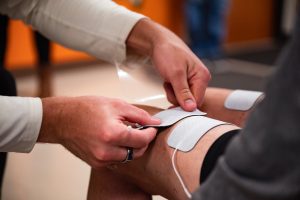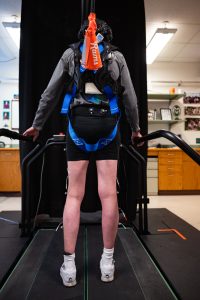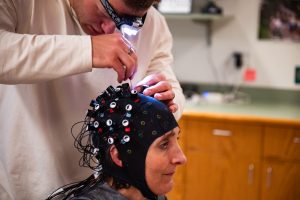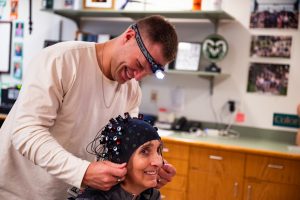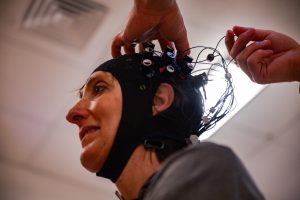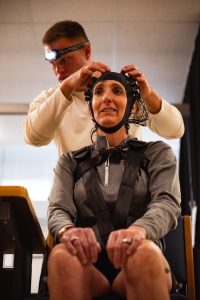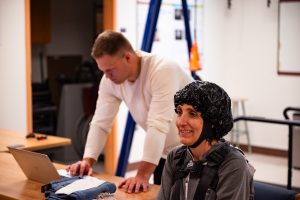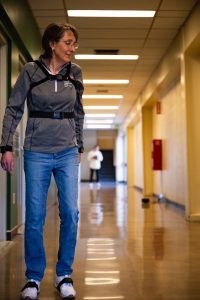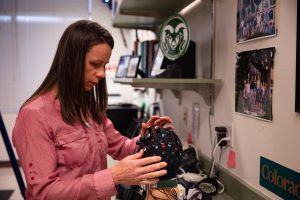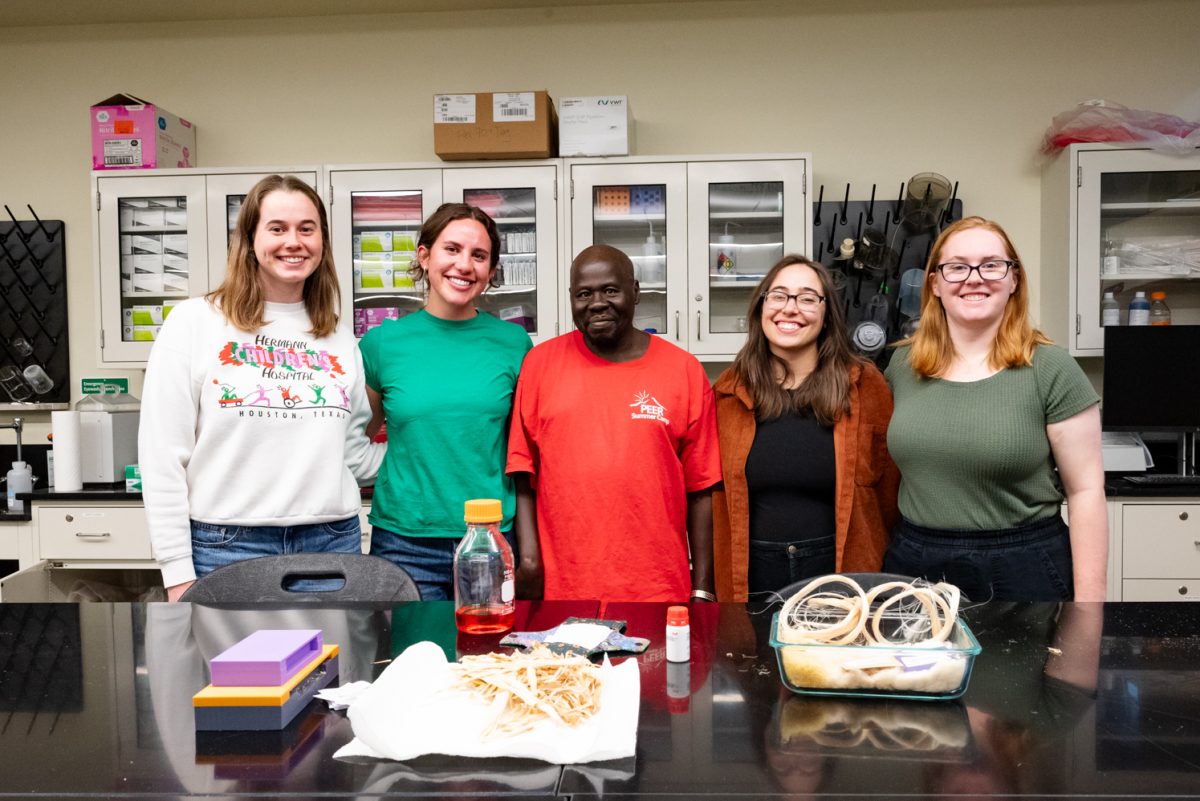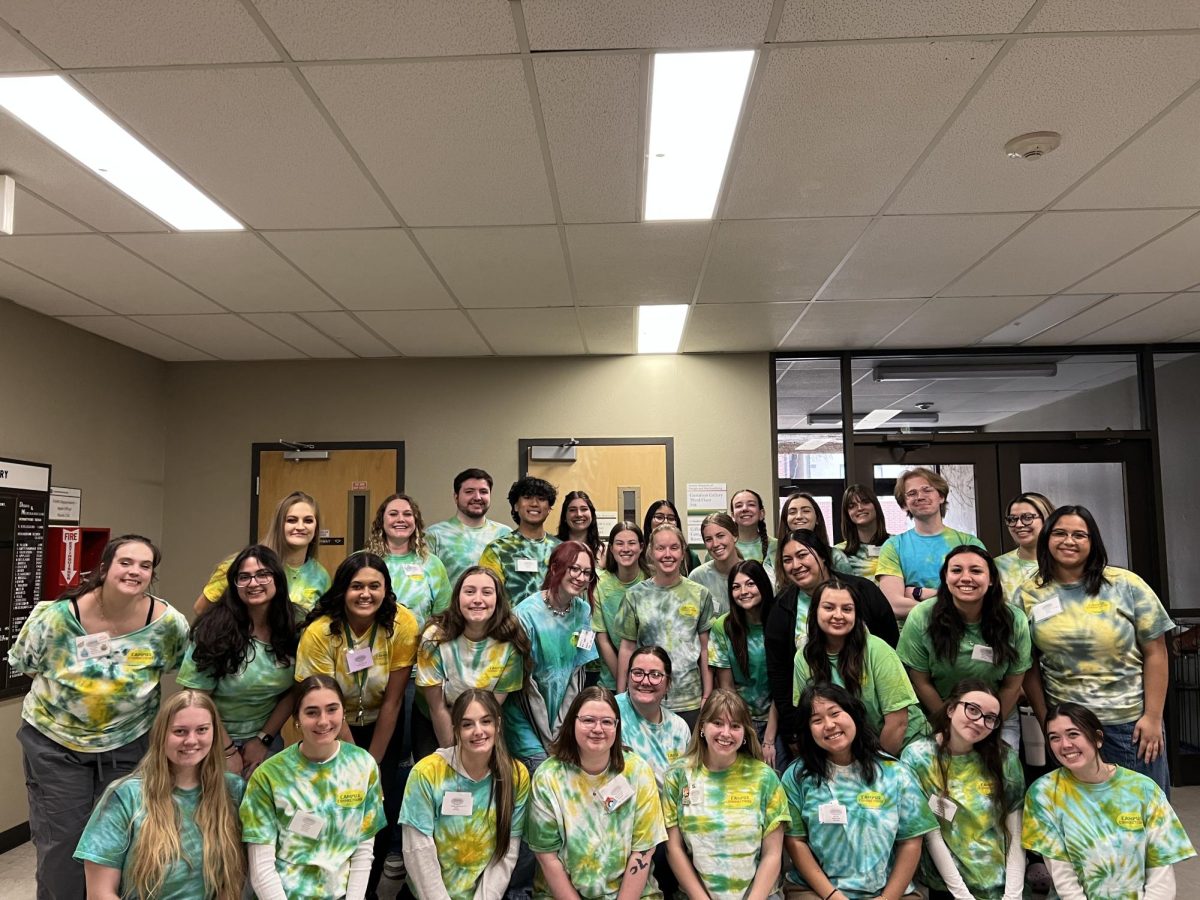Any time a human moves, dozens, hundreds, thousands of neurons fire. Every step, every hand gesture, every blink, nerves carry impulses from the brain, through the body and back.
At Colorado State University’s Sensorimotor Neuroimaging Laboratory, researchers investigate reasons the body may struggle with movement. Conditions like multiple sclerosis are commonly the subject of study due to their extreme impact on the body’s ability to move.
Multiple sclerosis is a type of autoimmune condition in which immune cells attack the sheaths that insulate nerves. When this insulation is damaged, signals sent to and from the brain are unable to be communicated as clearly, leading to poor sensation in affected areas. Graduate student Chris Patrick, a member of the neuroimaging lab, explained the issue using Interstate 25.
“If you think of Fort Collins as the brain and Denver as the muscle, as we send cars down I-25, they go really fast, right?” Patrick said. “They get to Denver, which is the muscle, and that essentially tells it what to do.”
In Patrick’s analogy, the road represents the nerves that help send messages to the rest of the body.
“In MS, the road in this scenario is damaged,” Patrick said. “We can think of this as being like potholes or cracks that cover the entire way down to Denver. And because that road now has this road damage, the cars can’t travel as quickly down the road.”
Headed by graduate student Andrew Hagen, the lab’s split-belt treadmill study uses a treadmill with two belts to investigate possible ways to rehabilitate the effects of this damage. Study participants, both in the control group and in the group of people with MS, are observed as their brain instructs their legs adjust to the different speeds.
“We introduce a new pattern of walking, and (the brain) can adjust and augment that, but once we go back to normal ground, we start to remit back to the old pattern,” Hagen said. “We’re trying to understand how we can actually make this last longer.”
Study participant Jonna Patton, whose initial diagnosis was in February 1992, was part of a previous test of the split-belt treadmill and is participating in the current one. She said she remembered going home to her husband and telling him about how amazing it felt to walk the way she used to.
“It is mind blowing to see and feel my right leg moving as well as my left leg,” Patton said. “I don’t remember the last time I walked like that.”
People with MS tend to have a side of their body that is more impaired than the other, and Patton’s symptoms have mostly progressed on her right side. MS has changed the way she is able to walk, and she said she feels she has lost the “pep in her step.”
“As things get worse, I’m able to do less, but I’ve learned that it’s not just MS,” Patton said. “I need to keep exercising. I need it because I’ve noticed that when I get weaker, it’s like, ‘Is it MS that’s worse, or is it that I’ve gotten weak on my right side?’”
Hagen said the team is always excited to have Patton come in as a participant.
“(Jonna) is fantastic and one of the prime types of people we’re interested in studying,” Hagen said. “She talked about how she felt her right leg going like her left and how she doesn’t ever feel like that. That’s exactly what we’re trying to do here — (trying) to make those two legs walk more similarly, which, as Jonna mentioned, really impacts how she walks (and) her mobility.”
The goal for this study is to gather information on how the brain adjusts to new walking patterns with the hope that there could be implications for physical therapy techniques.
“Things like this information are helpful for physical therapy,” Hagen said. “Informing them that, ‘Hey, maybe if we can improve the force that they’re producing, we can actually improve these walking rehab outcomes as well.’”
The Sensorimotor Neuroimaging Lab will continue this study for the foreseeable future. Hagen said they plan to get at least 30 people without MS and at least 30 people with MS to get as much data as possible.
“I think it’s awesome what they do here,” Patton said. “(They’re) just trying to make a difference. I’m very grateful for that.”
Reach Cait Mckinzie at science@collegian.com or on Twitter @CSUCollegian.



